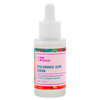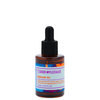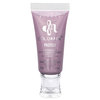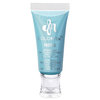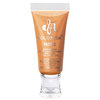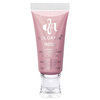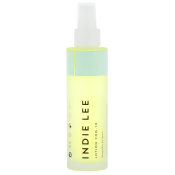The pH of Cleansers and What It Means For Your Skin
Published Dec 18, 2014

Cleansing the face with the right product is one of the most crucial steps to maintaining good skin. We’ve heard whispers about the pH of cleansers but were uncertain about just how important a factor it is in the choice of products we use in the morning. Recently, we spoke with Indie Lee to get a breakdown on how pH affects the condition of our skin.
What does pH stand for and what does it mean?
pH is the measure of acidity and alkalinity of an aqueous solution (a liquid that can dissolve other substances). “H” is the hydrogen ion concentration of a solution and “p” stands for the power of the hydrogen ion...thus pH! pH is always measured on a scale of 0 -14. A neutral solution (neither acidic or alkaline) is 7 (the pH of water is close to 7). Acid is less than 7 and alkaline (also called basic) is greater than 7.
Is it more affected by internal conditions (like what we eat) or external conditions (what products we use)?
Balanced pH is important internally and externally and is affected both by what we consume and by what we put on our skin. If a person’s pH is off balance, it can lead to problems with digestion, circulation, the immune system, circulatory system, respiratory system, skeletal system, the skin, nervous system, excretory system as well as the muscular and reproductive systems.
How does pH apply to skin care products?
Skin, our largest organ, covers our entire body and naturally fights infection and environmental stresses. How well it does that is impacted by pH. The body’s ideal pH is slightly alkaline at 7.3 - 7.4. Our skin, on the other hand, maintains a pH of around 5.5 in order to stay balanced. If pH is too low or too high then the acid mantle (the thin protective layer on the surface of our skin) can’t protect the skin and the body. Balanced skin is hydrated and healthy, protecting against irritants, pollutants, free radicals, and the environment. Skin care products can range in pH based on what sort of conditions they are treating.
What does unbalanced pH lead to? What kinds of problems does it cause?
On the small scale, an unbalanced pH will result in skin issues...everything from eczema and rosacea to acne and premature aging. If your skin is acting up, it could be a trigger for an unbalanced pH. When skin pH level is too high, oils are stripped and can lead to dryness, irritation and even acne. By the same token, using products that are too acidic can overly strip the skin of its natural oils and can weaken its ability to defend itself against bacteria and environmental stressors. In other words, if the skin’s pH is compromised, internal organs may be as well.
Do cleansers have different pH levels? There are so many factors for picking the right cleanser already, is this one that is important to consider as well?
Yes, cleansers can have different pH levels and many can be too alkaline for your natural pH. If your skin is acting up (redness, breakouts, dryness) then the pH could be off.
If we disrupt the pH balance of our skin, can we do anything to bring it back into balance?
Of course! You can use products that will help restore the balance (like our CoQ-10 Toner which is a pH corrector). Also, steer clear of cleansers that have surfactants, parabens and synthetic fragrance—they will strip skin and change the acidity of your skin tone. Jojoba, coconut and squalane oils work well with the skin’s natural sebum.
Should we consider the pH of other types of products (eg. makeup and shampoo)?
Cleansers, soaps and toners are the most important products when it comes to pH balance because they are applied when the face is wet (or has just been cleansed) and pores are open. But yes, everything that is applied to the skin should be considered to a certain extent. If you want to find out the pH of the products you use, you can purchase pH testing strips from your pharmacy or online and easily test any product yourself.
Featured Products
You Might Also Like
-

Expert Skin Care Advice
Winterize Your Beauty Routine
- 102
-

Expert Skin Care Advice
De-Stress Your Skin During Exams
- 419
-

Skincare
What Are Those Bumps on Your Arms?
- 354
-
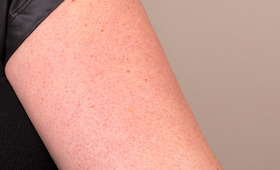
Skincare
How to Treat Keratosis Pilaris (Those Scaly Red Bumps On Your Upper Arms!)
- 947
-

Expert Skin Care Advice
Oily Skin Myths Solved!
- 1024
-
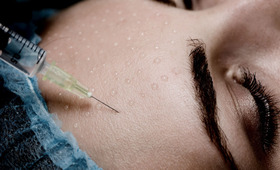
Face Skincare
Zoe Gets Botox
- 19
-

Expert Skin Care Advice
Discover Your Sexiest Week of the Month!
- 218
-

Expert Skin Care Advice
Banish Your Bacne
- 221






